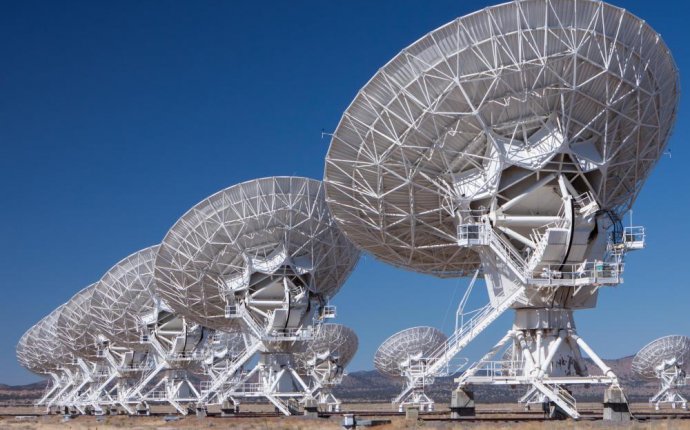
What to do with an Astrophysics degree?
Students can enroll in a bachelor's degree program in astrophysics, along with master's and doctoral degree programs in astrophysics and astronomy, astrophysical sciences and technology, or physics with a concentration in astrophysics. Lab requirements are common; graduate programs focus more heavily on research than bachelor's programs.
To enter a bachelor's program, you must have a high school diploma or GED certificate. For a master's program, a bachelor's degree in a related area of study, a 3.2 undergraduate grade point average (GPA), letters of recommendation and satisfactory scores on the Graduate Record Examination (GRE) are required for admission. Doctoral programs require a bachelor's degree in physics or a related area, adequate scores on the GRE, letters of recommendation and prerequisite coursework in advanced physics. Applicants are also required to take a candidacy examination to be admitted into the program.
Bachelor of Science in Astrophysics
A Bachelor of Science in Astrophysics degree program is a 4-year, science-intensive program. The curriculum consists of studies in astronomy, physics, natural science and mathematics. Study areas include the physics of planets, stars and galaxies and the universe as a whole. Students take conventional courses and work in machine shops and student labs where they learn to use scientific instruments and study atoms, molecules and more. The program concludes with a capstone research project. Astrophysics courses are interdisciplinary and include studies in chemistry, cosmology and calculus. Topics that might be covered in coursework are:
- The solar system
- Scattering theory
- Thermodynamics
- Magnetic fields
- Atmospheres
Master's Degrees Related to Astrophysics
There are several degree options for students pursuing graduate studies in astrophysics, including a Master of Science (M.S.) in Astrophysics and Astronomy, an M.S. in Astronomy and Astrophysics and also an M.S. in Astrophysical Sciences and Technology. Each program is research-intensive and consists of studies in physics, research, statistics and astrophysics. Students attend graduate seminars and lectures, complete traditional coursework and prepare a final graduate thesis. The curriculum teaches students to use telescopes and other instruments to identify planets and stars and witness naturally-occurring events in the solar system. Graduate courses examine topics such as:
- Data analysis
- Modeling techniques
- Observational methods
- Celestial navigation
- Energy absorption
Doctoral (Ph.D.) Degrees Related to Astrophysics
Highly competitive and research-oriented programs, doctoral degree programs related to astrophysics include a Ph.D. in Physics with a concentration in Astrophysics, a Ph.D. in Astrophysics and Astronomy and also a Ph.D. in Astronomy and Astrophysics. The curriculum in these programs consists of coursework in astrophysics, astronomy and research methods. Ph.D. candidates are required to take qualifying examinations and to complete research projects and teaching assistantships to be eligible for the Ph.D. degree. The programs culminate in a doctoral dissertation. Coursework covers subjects such as thermodynamics, chemistry and statistics. Other areas of focus are:
- Temporal domains
- Big Bang theory
- Astrophysical systems
- Radiation fields
- Radiative transfer
Popular Career Options
Graduates go on to work in education, research and development, computer science, engineering and related fields. Some job titles for graduates include:
- Research Assistant
- Laboratory technician
- Product designer
While many graduates go on to pursue a Ph.D., graduates with master's degrees can find jobs in university laboratories, research facilities, planetariums and more. Job titles that graduates can obtain include:
- Laboratory scientist
- Data analyst
- Grant writer
Employment Outlook and Salary Info
According to the U.S. Bureau of Labor Statistics (BLS), jobs for physicists and astronomers are expected to grow by 7% from 2014-2024, which is about as fast as the average for all occupations during that time period. The BLS also reported that in 2015, astronomers and physicists combined held approximately 17, 410 positions in the U.S. In May 2015, astronomers earned an average yearly salary of $110, 220, while physicists took home an average wage of $118, 500. The federal government was the highest-paying employer for astronomers in the same month, with salaries averaging $135, 850 (www.bls.gov).











